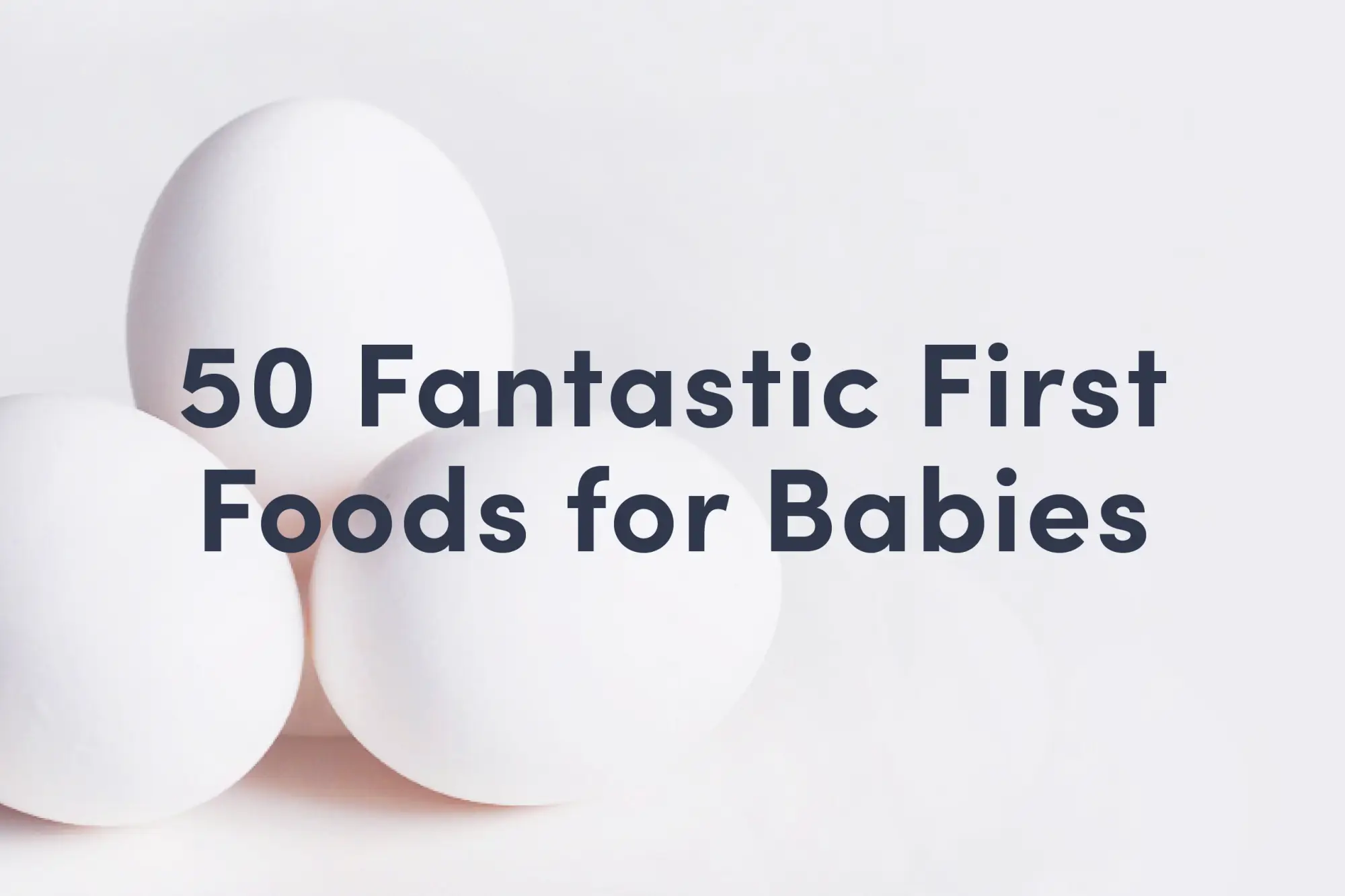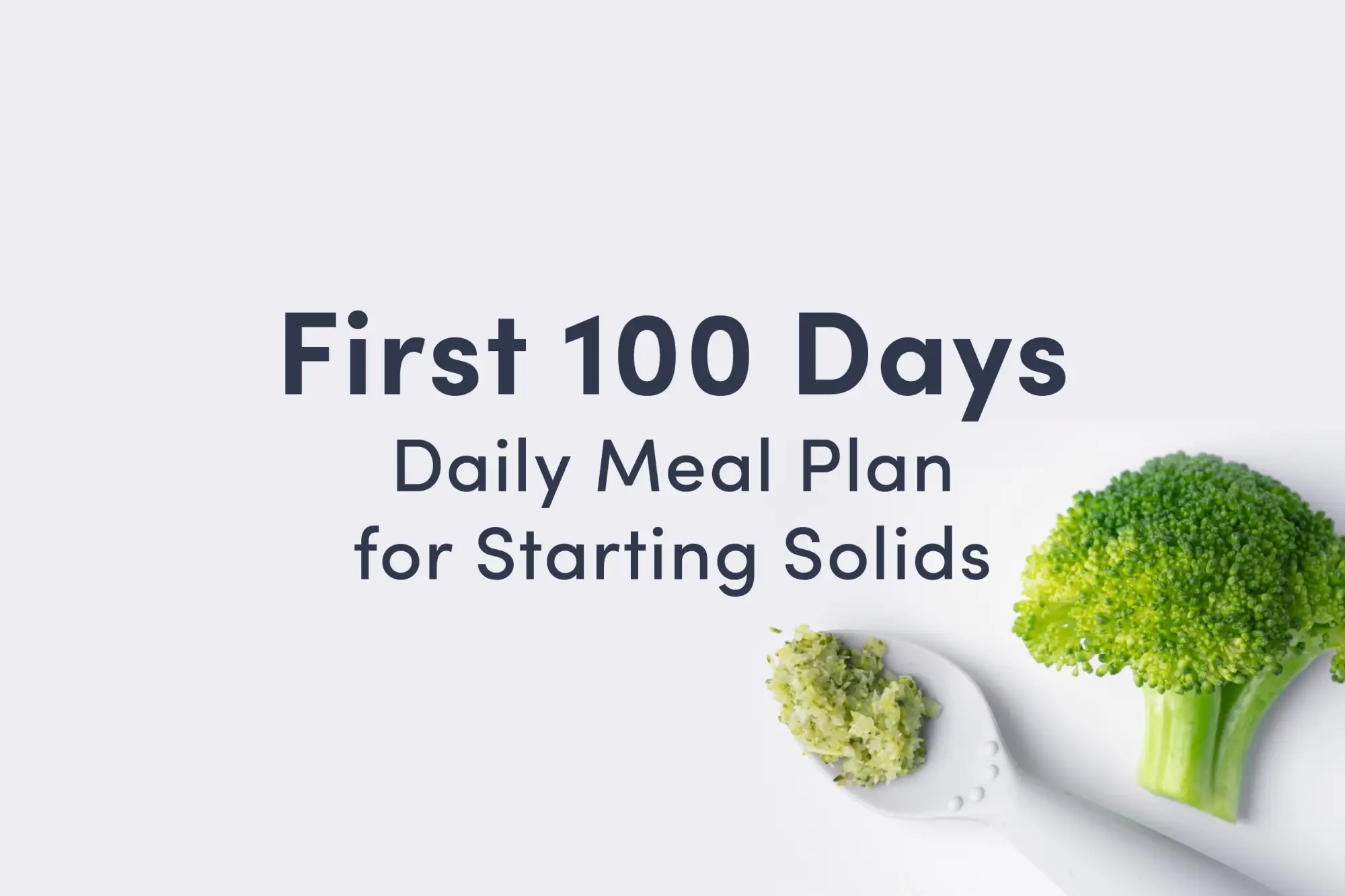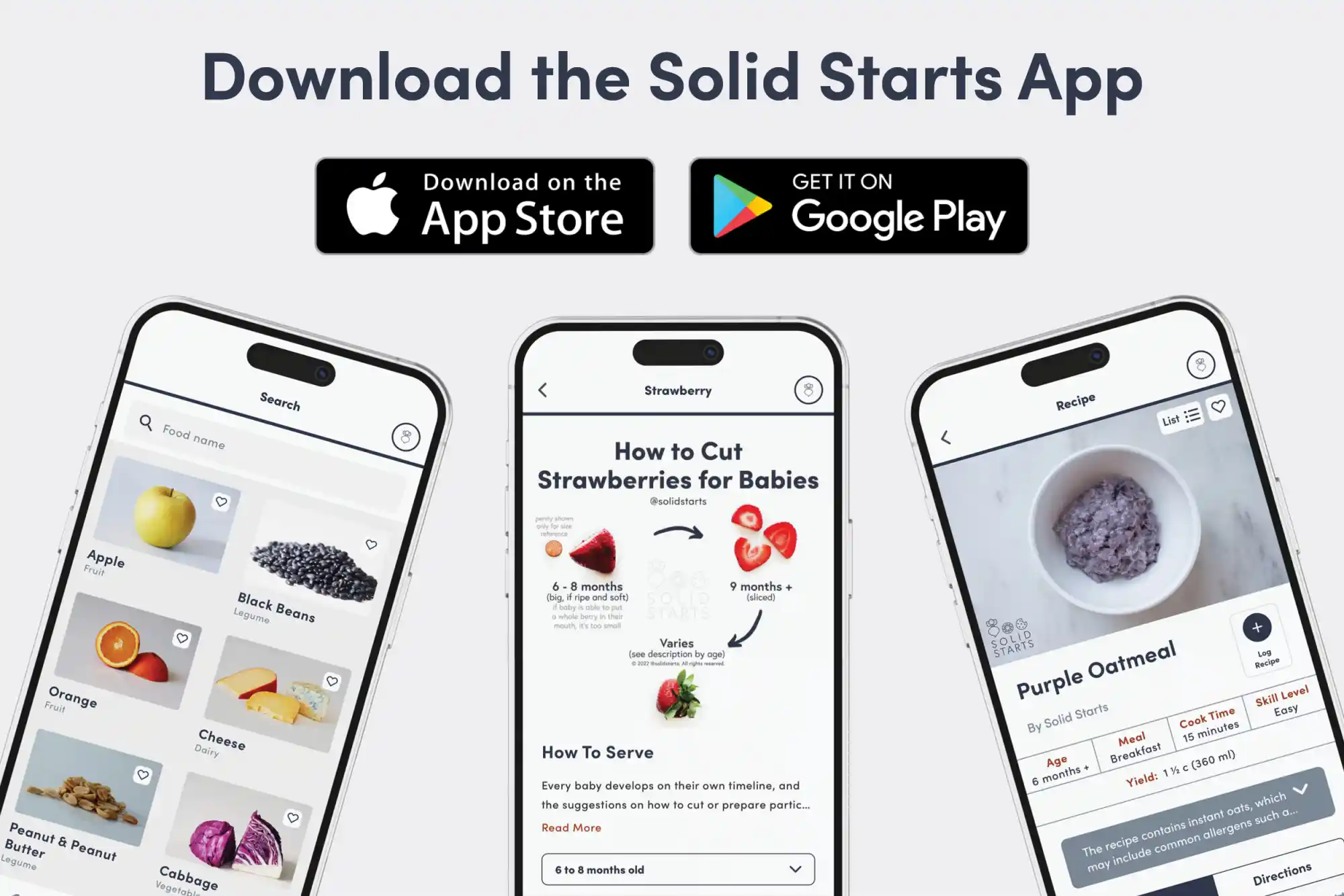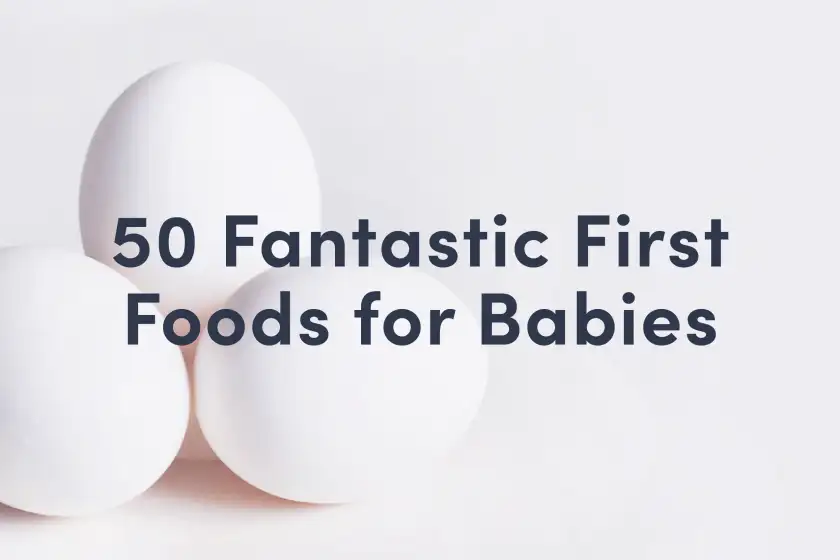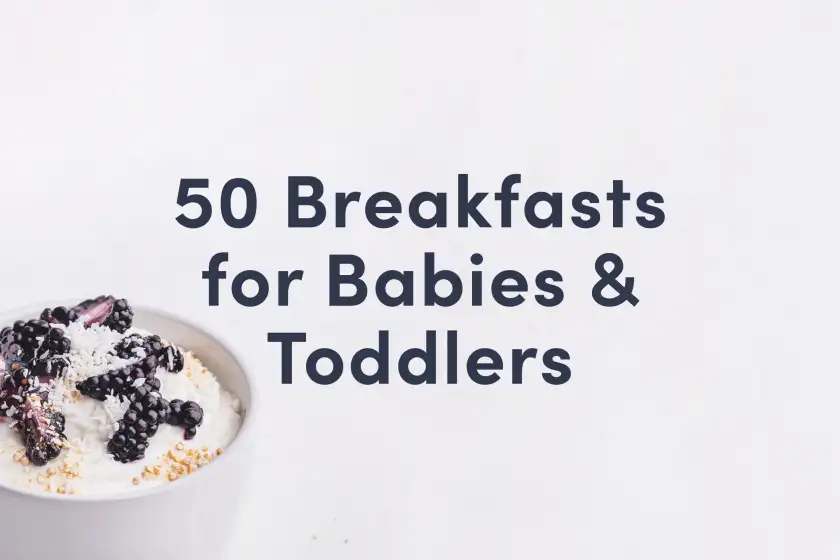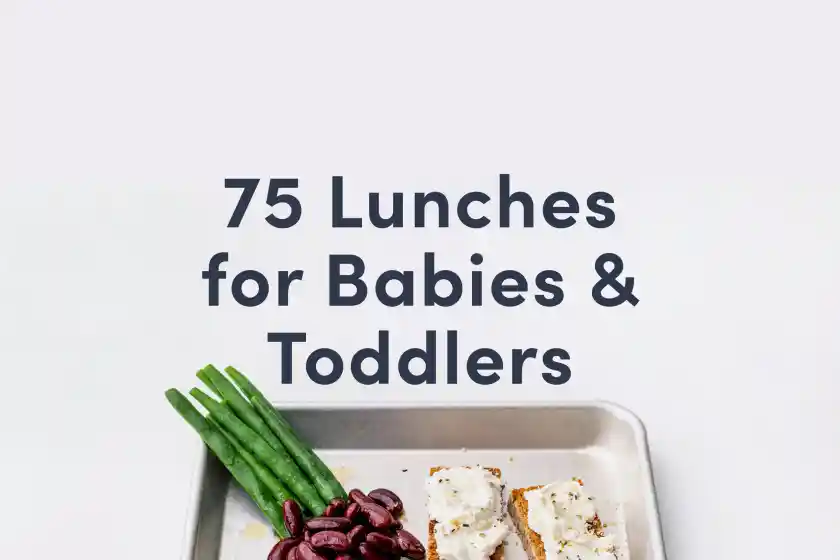Mandarin Orange
Fruit
Age Suggestion
6 months
Iron-Rich
No
Common Allergen
No
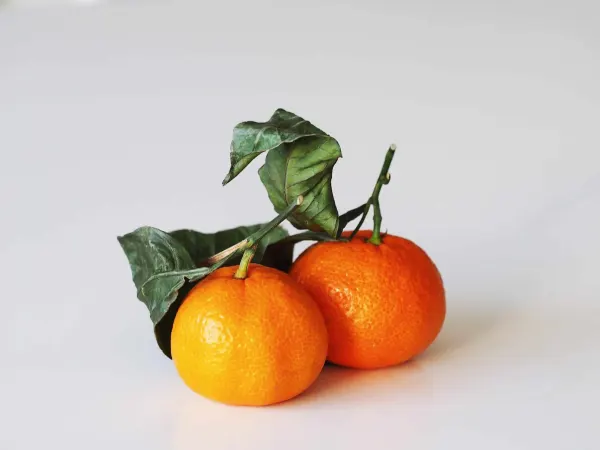
When can babies have mandarins?
Mandarin oranges may be introduced as soon as baby is ready to start solids, which is generally around 6 months of age.
Mandarins are on the smaller side with sweet, juicy flesh that is less acidic than your typical navel orange. Almost all mandarins have very thin, easy-to-peel skin, which ranges in color from red to orange to yellow to green. They are native to China and are believed to be one of the original wild citrus species—along with citron and pomelo—from which all other cultivated citrus fruits have been bred.
Are mandarins healthy for babies?
Yes. Mandarins are rich in carbohydrates, fiber, and fluid, in addition to vitamins A, B6, and C. They also offer potassium, folate, and antioxidants like flavonoids. Together, these nutrients work together to provide energy to fuel baby’s play and development, support digestive health, and aid in hydration. These nutrients also support vision, metabolism, immune function, electrolyte balance, nervous system functioning, and bodily repair and recovery.
★Tip: Like grapefruit, mandarins may interact with medications. If a child is taking medications, consider talking to their health care provider to learn more.
Are mandarins a common allergen?
No. However, self-reported sensitivity to citrus is described frequently in medical literature around the world. Individuals with Oral Allergy Syndrome (also called pollen-food allergy syndrome) may be sensitive to citrus fruit such as mandarins. In particular, individuals who are sensitive to grass and certain tree pollens may also be more sensitive to citrus fruits. Oral Allergy Syndrome typically results in short-lived itching in the mouth and is unlikely to result in a dangerous reaction.
In some cases, allergy to proteins in orange can result in serious reactions. There is evidence to suggest that the major allergens causing serious allergic reactions to mandarins (and oranges) are concentrated within the seed of the fruit—and while uncommon, chewing the seeds may be responsible for allergic reactions.
There are also reports of mandarin (and orange) ingestion contributing to eczema. In addition to being sweet, many oranges are also acidic, and the acid in citrus fruit can cause a harmless rash on the skin, typically around the mouth. It usually dissipates shortly after it shows up.
As you would when introducing any new food, start by offering a small quantity for the first couple of servings. If there is no adverse reaction, gradually increase the quantity over future meals.
Are mandarins a choking hazard for babies?
Yes. Citrus segments (if left in the surrounding membrane) have small, tapered ends and a mixed, slippery consistency, qualities that increase the risk of choking. To reduce the risk, prepare and serve mandarin oranges in an age-appropriate way. As always, make sure you create a safe eating environment and stay within an arm’s reach of baby during mealtime. For more information on choking, visit our sections on gagging and choking and familiarize yourself with the list of common choking hazards.
Videos
When can babies drink mandarin juice?
Small amounts of mandarin juice may be shared as a drink after 12 months of age. That said, it can be beneficial to wait until after a child is older to regularly share juice and other sugary drinks. Research suggests that regular intake of juice and other sweet drinks tends to increase the risk of dental cavities and take up space in the belly, which may decrease a child’s motivation to eat other foods at mealtime and may negatively affect the child’s growth. However, occasional servings of juice after one year of age generally isn’t a cause for concern. Learn more about serving juice to babies and toddlers.
How do you serve mandarins to babies?
Every baby develops on their own timeline, and the suggestions on how to cut or prepare particular foods are generalizations for a broad audience.
6 months old +:
Offer mashed mandarin segments with the membrane and any seeds removed. Alternatively, offer mashed canned mandarins, which should already have the membrane and seeds removed. To make the fruit easier for baby to eat, consider serving the mashed mandarins on top of scoopable foods such as yogurt. Remember that mandarins, clementines, and other small citrus fruit segments left in their membrane can be a choking hazard.
9 months old +:
Cut the mandarin top off (as shown in video) and lift each segment out of each membrane pocket and offer as bite-sized pieces. Remember that mandarins, clementines, and other small citrus fruit segments left in their membrane can be a choking hazard, so when in doubt, remove the fruit from the membrane.
18 months old +:
If you feel comfortable with the toddler’s chewing and swallowing skills, consider offering mandarin segments cut in half, with the membrane intact. Once the child has demonstrated that they can chew these pieces, consider working up to whole mandarin segments, coaching the child to take bites (rather than popping the whole segment into their mouth.) Of course, you can also continue to offer bite-sized pieces of segments with the membranes removed and large sections of orange on the peel for biting and tearing practice. Around age 2, you may find children are ready to learn how to peel a whole mandarin, a terrific activity for fine motor skills.
Preparing mandarin oranges for babies 9 months +
For more information on how to cut food for baby’s age, hop over to our section on Food Sizes & Shapes.
Written by
Expert Tips Delivered to Your Inbox
Sign up for weekly tips, recipes and more!
The content offered on SolidStarts.com is for informational purposes only. Solidstarts is not engaged in rendering professional advice, whether medical or otherwise, to individual users or their children or families. No content on this site, regardless of date, should ever be used as a substitute for direct medical advice from your doctor or your medical or health professional, nutritionist, or expert in pediatric feeding and eating. By accessing the content on SolidStarts.com, you acknowledge and agree that you are accepting the responsibility for your child’s health and well-being. In return for providing you with an array of content “baby-led weaning” information, you waive any claims that you or your child may have as a result of utilizing the content on SolidStarts.com.

